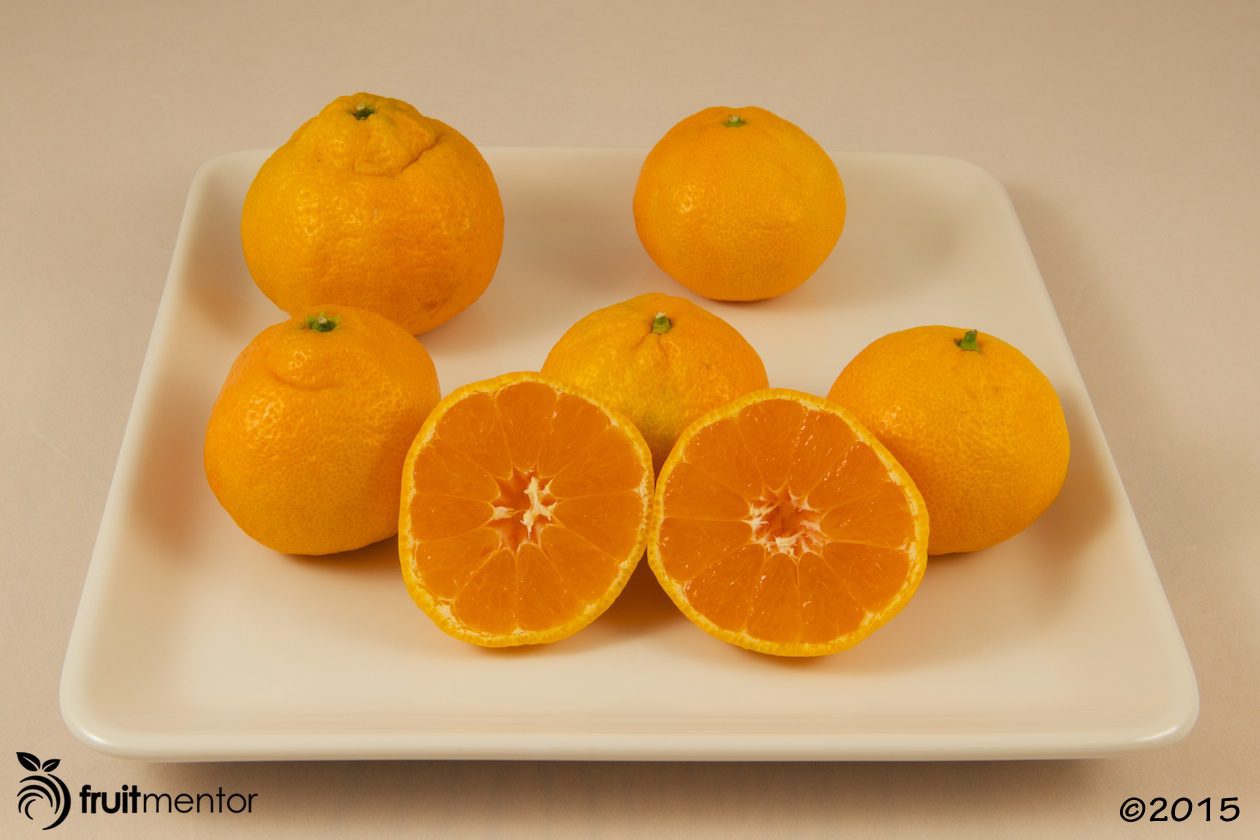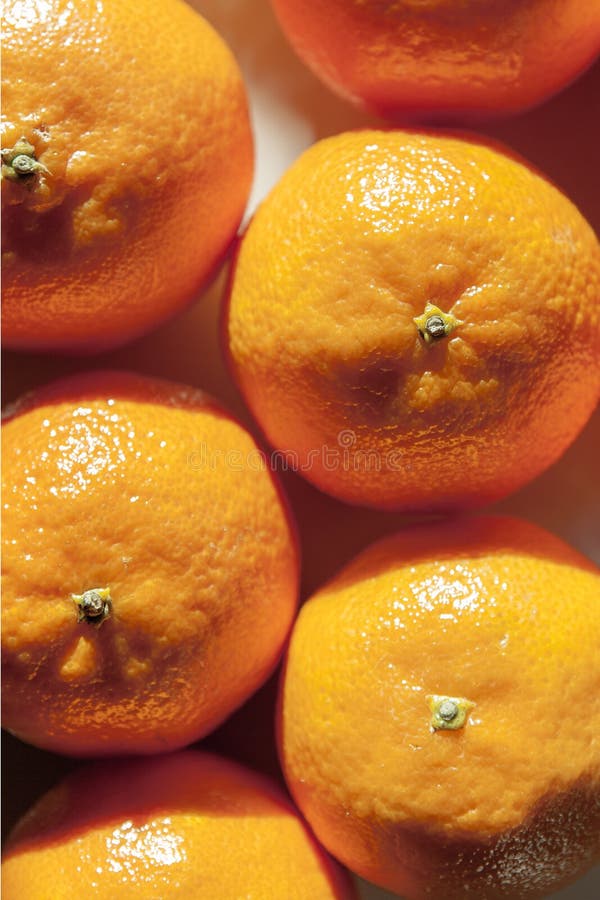

They're also antioxidants and can protect cells and DNA from certain impacts of oxidative damage. These compounds, which give the fruit its signature orange and yellow color, are converted to vitamin A in your body, and are important for eye and brain health and development. On top of containing high levels of vitamin C, tangerines and clementines also contain carotenoid compounds. Vitamin C is an essential vitamin that supports your immune system by encouraging the functions of white blood cells, and it is also necessary for other bodily functions including creating collagen to strengthen your skin, joints, and bones, as well as for metabolizing iron. If maximizing your vitamin C intake is the goal, reach for a clementine over a tangerine it has slightly higher levels and just two of them provide more than your daily need for the vitamin. These fruits offer high amounts of vitamin C even though they have an average size of 100 grams. Since tangerines and clementines are so closely related, they have very similar nutritional value.

What Are the Health Benefits of Clementines and Tangerines? Since they're similarly cold-tolerant, they're available during the same months - November to April. Like clementines, the skin is easy to peel. Tangerines have slightly darker skin than clementines, and they can have a more reddish tone and feel more pebbly to the touch. It's believed that tangerines ( Citrus tangernina) are native to Southeast Asia. They're more tolerant of the cold than larger varieties of oranges and are available from November through April in the U.S.

In fact, because its skin is so thin, it's even easier to peel than a tangerine.Ĭlementines are often more oval-shaped with a flat spot on the top and on the bottom. It tends to be slightly smaller than a tangerine and has smoother, shinier skin. The clementine ( Citrus clementina) is a variety of mandarin, and is sweet and very easy to peel. The precise history of citrus domestication, however, is not well understood. These two popular kinds of mandarins make up around 25% of citrus fruits grown around the world. They're both members of the mandarin family, which is the second most cultivated citrus crop after sweet oranges, like navel and blood oranges. However, these two fruits are not the same thing. A quick glance reveals plenty of similarities, such as both being smaller than a typical orange and having bright skin that is soft and easy to peel. It's no surprise that these tangy little citrus fruits are closely related.


 0 kommentar(er)
0 kommentar(er)
